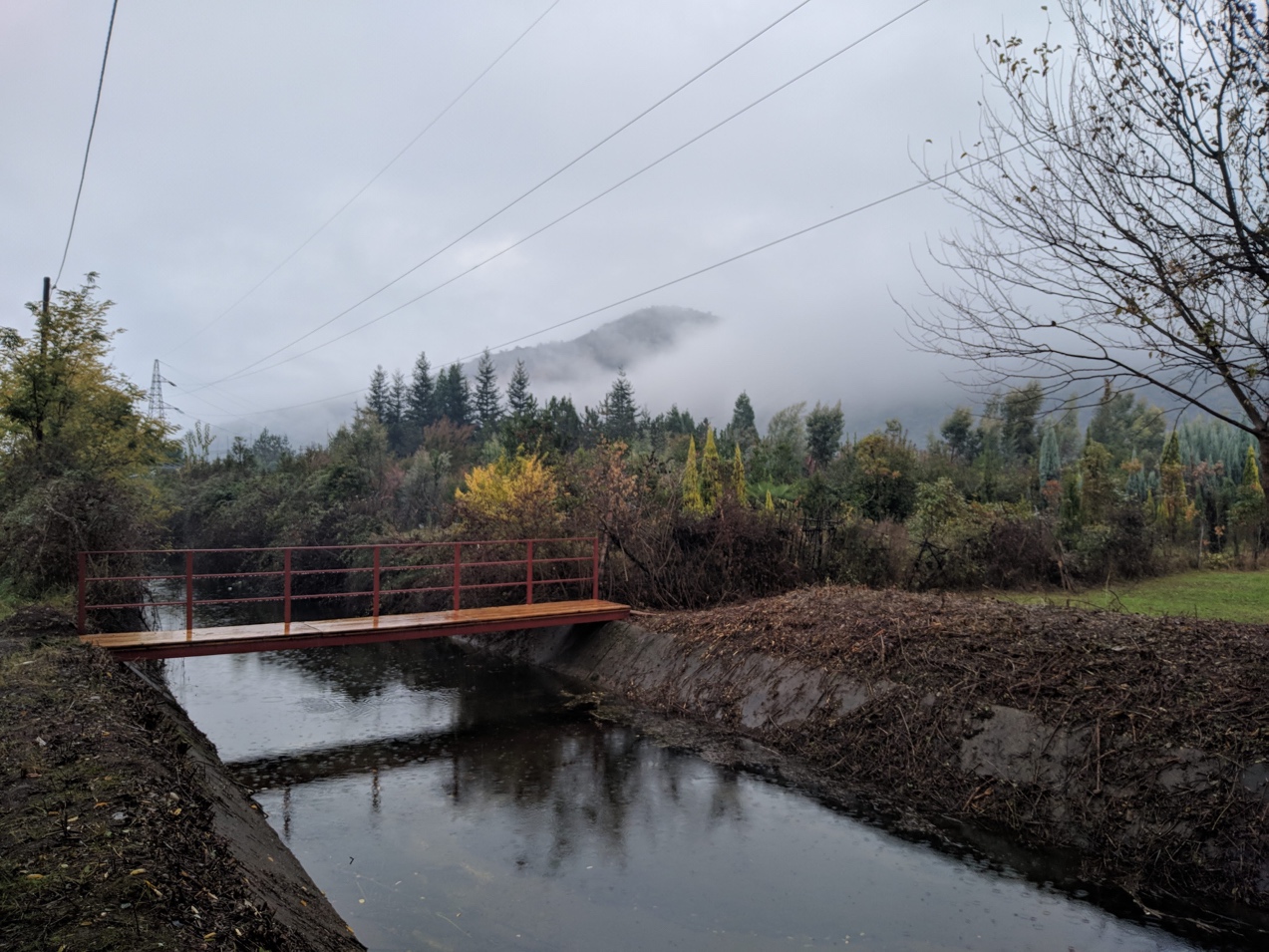Tips in Designing Stormwater Water Channels on Your Site

Stormwater is water from rain or melting snow. In natural settings, stormwater naturally evaporates or infiltrates the ground. In forests, the soil can hold large volumes of stormwater, with plants absorbing large quantities of water to prevent runoffs. On the other hand, in rural settings where there are fewer soil and trees to help hold water, the construction of stormwater channels is a must.
Stormwater management is an activity that aims to reduce and channel rainwater runoff or melted snow in urban settings, streets, lawns, and residential properties to improve overall water quality. Stormwater channelsare also designed to help reverse the rural and urban flooding caused by human activities such as agriculture and infrastructural construction projects.
Proper management of water in residential and commercial properties
The design and performance of retaining walls are meant to keep the area behind the wall completely dry. To guarantee quality installation, fresh soil must be used as the base to prevent saturation during the construction process. The final design of the stormwater channel must divert water away from the back portion of the wall. Thus, it is important to incorporate quality materials such as beams and swales, and JP Concrete’s retaining wall solutions to ensure surface water is driven away.
Create a well-developed plan for stormwater channels
During the planning and design process, builders must thoroughly understand the site to accurately identify where the water will come from and how the stormwater channel can properly manage it. Another important activity during the construction process is to stage all materials to ensure that surface water will be routed in the right direction. To prevent water saturation in the case of a heavy downpour, it is good to cover the infill soils and retaining wall systems. Reinforced wall systems over 1.2 meters in height and feature slopes should come with a toe drain. The toe drain is designed to remove incidental water from behind the wall. It is not intended to be the primary drainage system for aboveground and underground water management systems.
Perform temporary grading
Before actual installation, it is imperative to carefully evaluate the entire site to ensure the water will not drain into the space where stormwater channels will be built.
Groundwater
By definition, groundwater refers to the water contained within the soil. Sources of groundwater include water surface infiltration, water table fluctuations, and layers of permeable soils. It is essential to ensure that groundwater movement does not contact the retaining wall systems, including the ground located behind the wall. In case groundwater is encountered during the construction process, it is ideal to seek the recommendation of an engineer to make sure water is factored in the design.
Assess concentrated sources of water in the area
Before installing retaining wall systems, it is best to assess the existing drainage plans to determine all potential sources of concentrated water. Some of the most common places where concentrated water may be present include driveways, slopes above walls, irrigation systems, water lines such as fire hydrants, roof downspouts, and many more. It is crucial to choose the right type of retaining wall system to construct stormwater channels. Selecting the best materials should be at the top of your priority list, too. Other factors such as loading, design restrictions of manufactured materials, drainage, and soil type need to be taken into serious consideration.
